The Wheatstone bridge has many advantages at little complexity/cost, as mentioned in the others answers and comments.
To add some grey in all the black & white, let me illustrate an example where the Wheatstone bridge actually offers little advantage over a properly designed half bridge measurement:

simulate this circuit – Schematic created using CircuitLab
This is a multiplexed half-bridge measurement, where the DUT (R2) is interleaved with a single reference Rref. That way, the ratio between the measured resistances R2 and Rref directly corresponds to the exact ratio of R2 and the known Rref. Importantly, this result will be independent from any drift from V1 or even R1 or VM1. It also doesn't require good matching of Rref and R2.
These advantages are greater than those of the Wheatstone bridge, but the drawback is that the VM1 sees a much larger DC voltage compared to the compensated bridge voltmeter and it is much harder to achieve low noise here (see Spehro's answer).
Still this situation is acceptable, if the Voltmeter is very good, which isn't so hard today. Indeed it can be easier than to maintain accurate bridge matching.
We use this scheme for measurements of resistor noise index. It is limited only by the noise index of Rref, which can be made arbitrarily low by increasing its volume. In contrast, a Wheatstone bridge will diminish the source's 1/f noise only by its own matching ratio (e.g. -60 dB) but not entirely eliminate it. And to complicate matters more, the matching ratio of a Wheatstone bridge is itself subject to drift.
